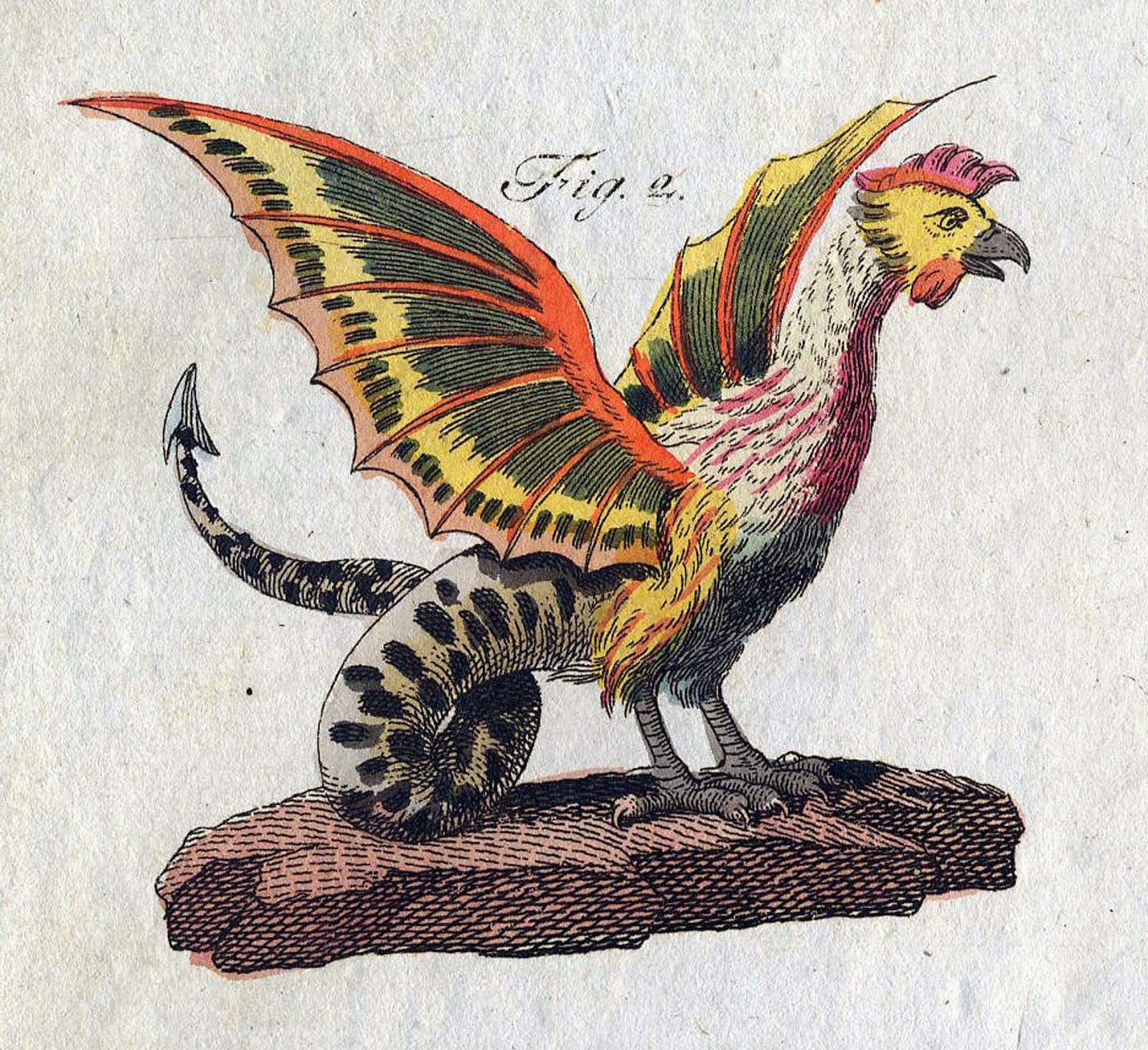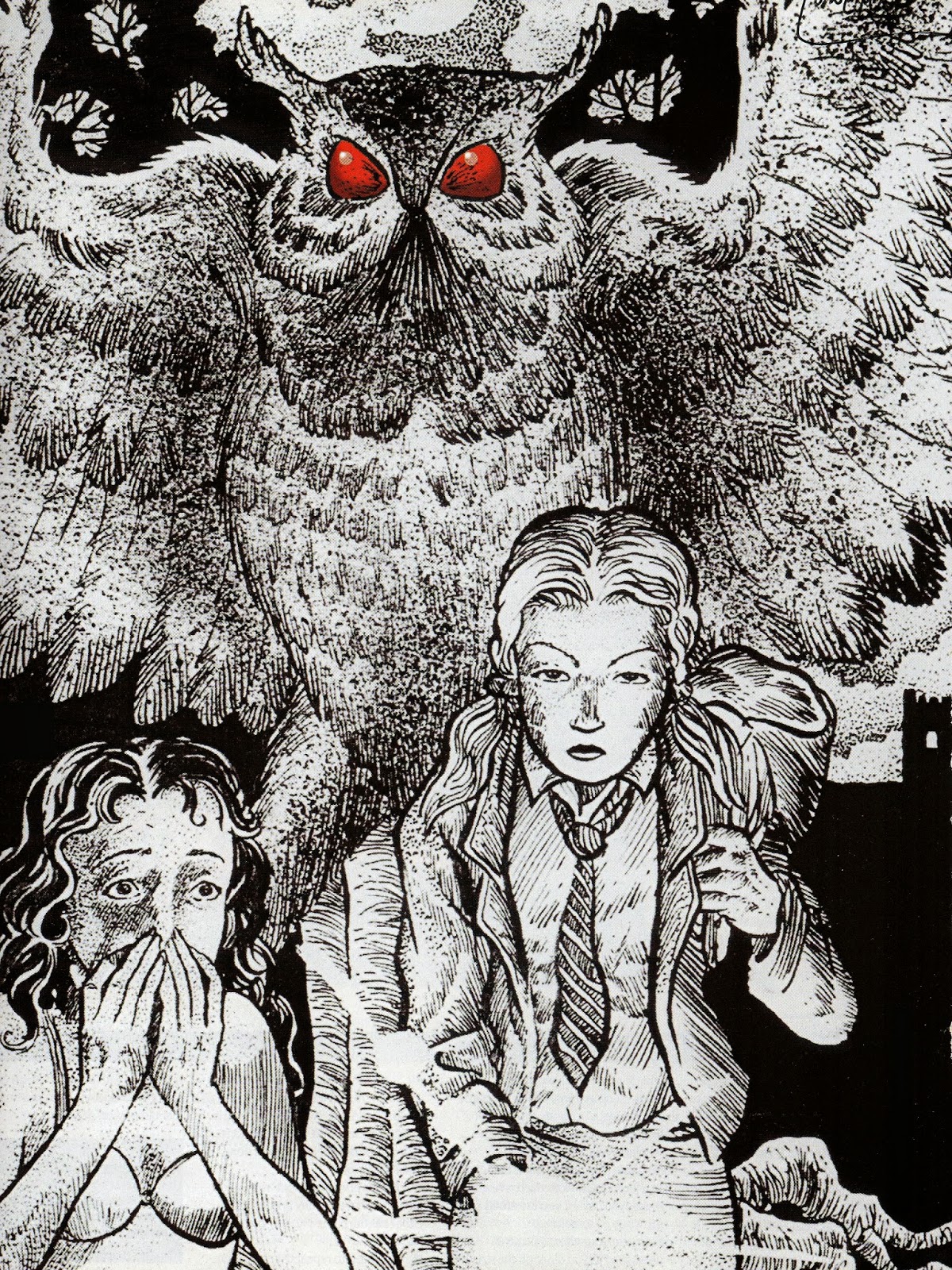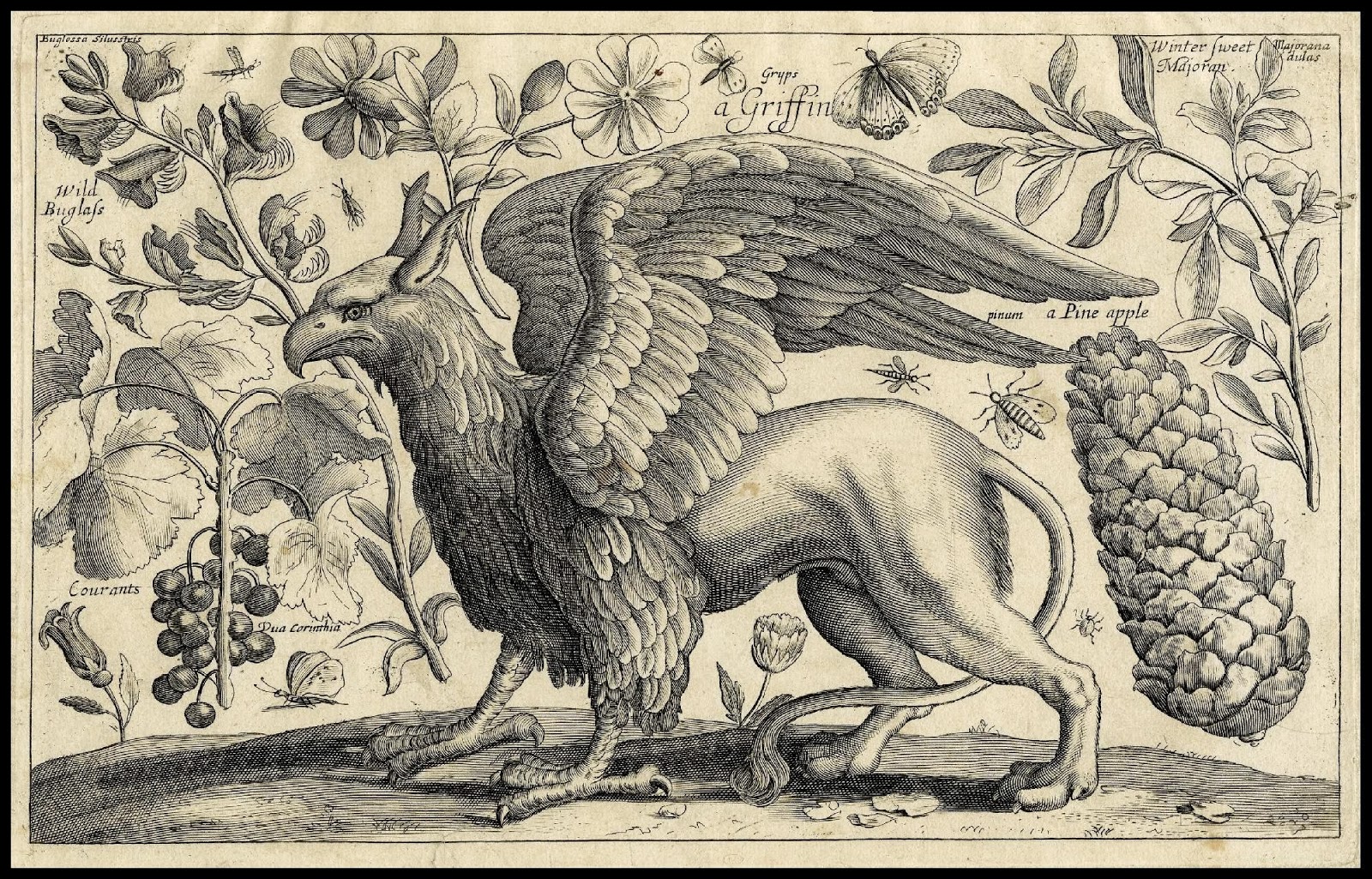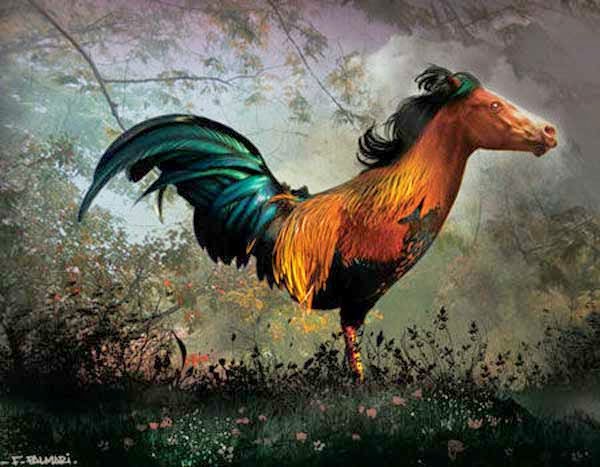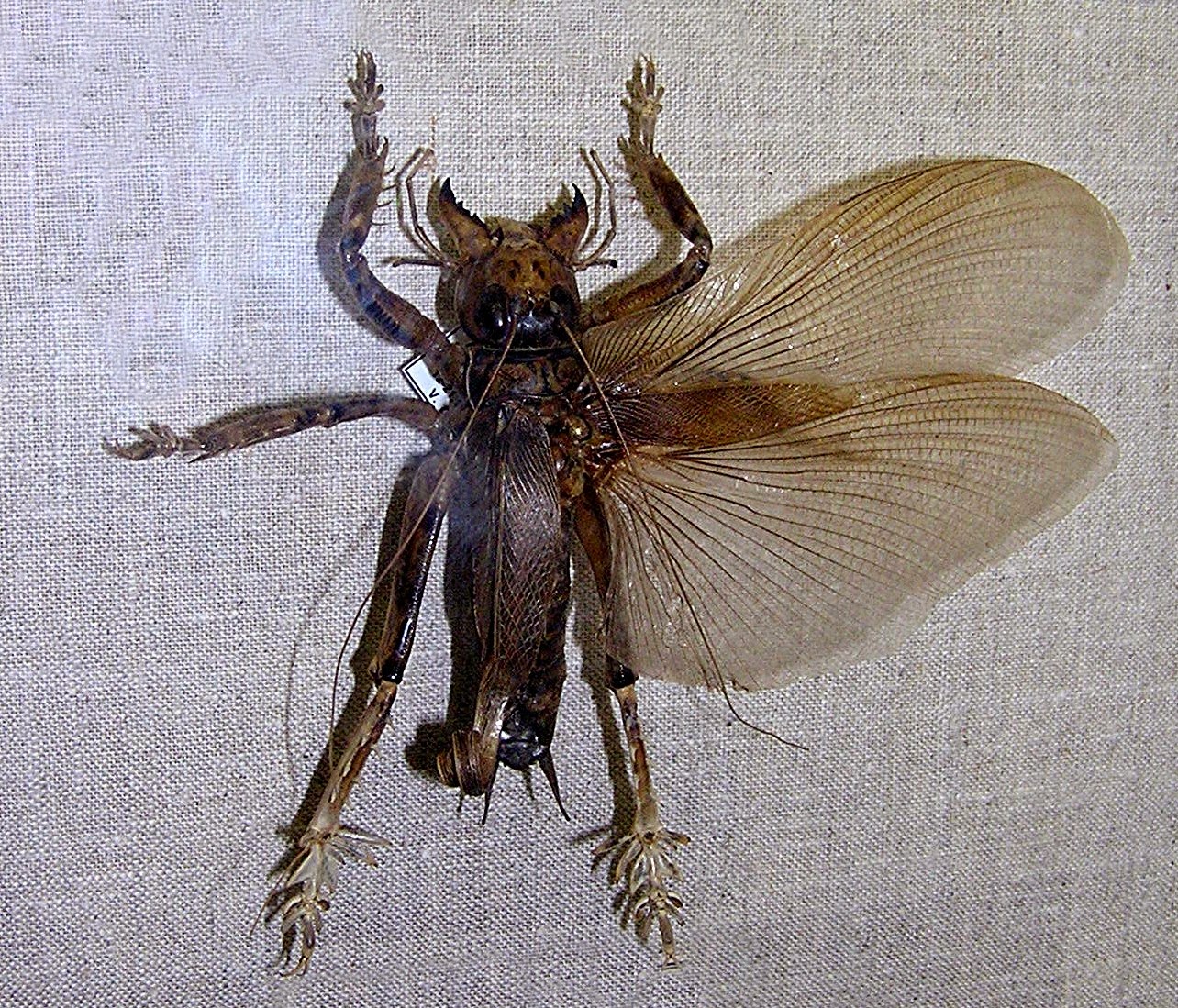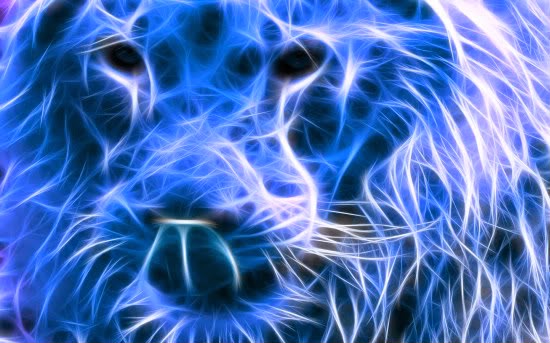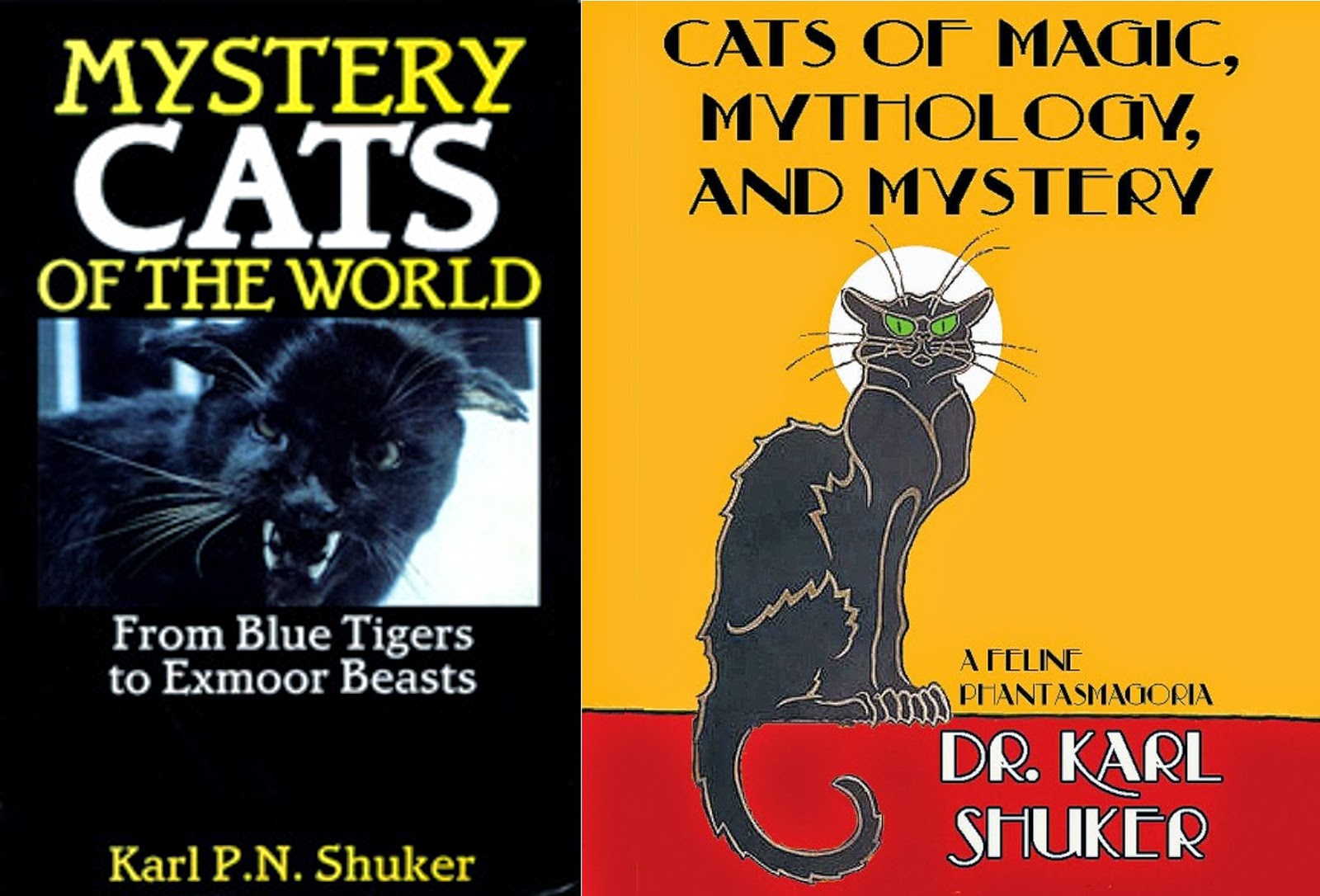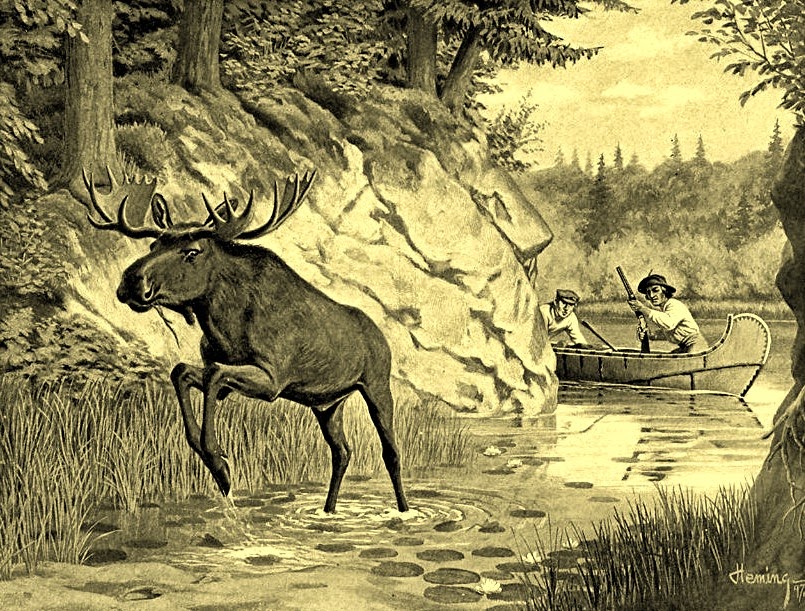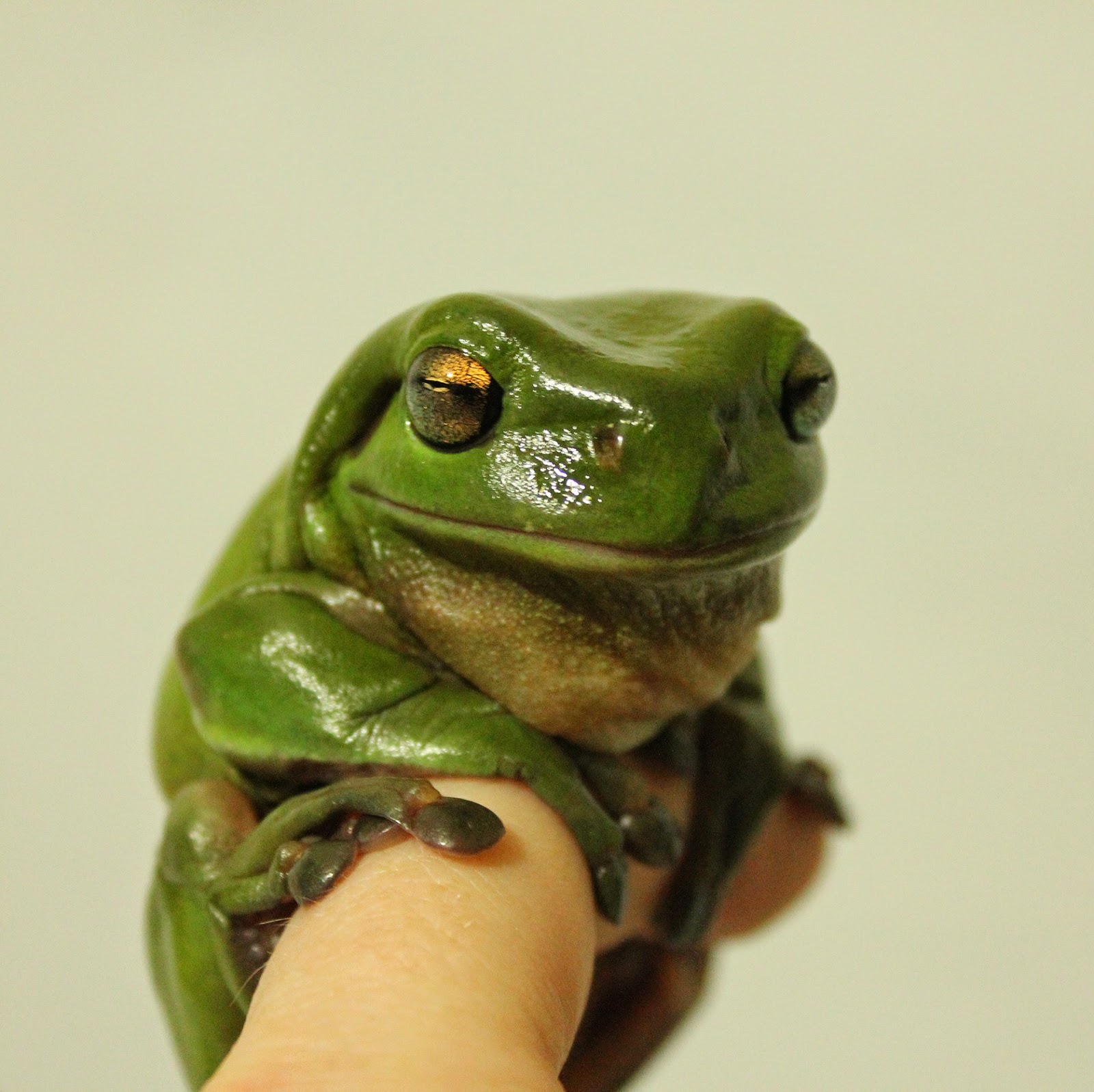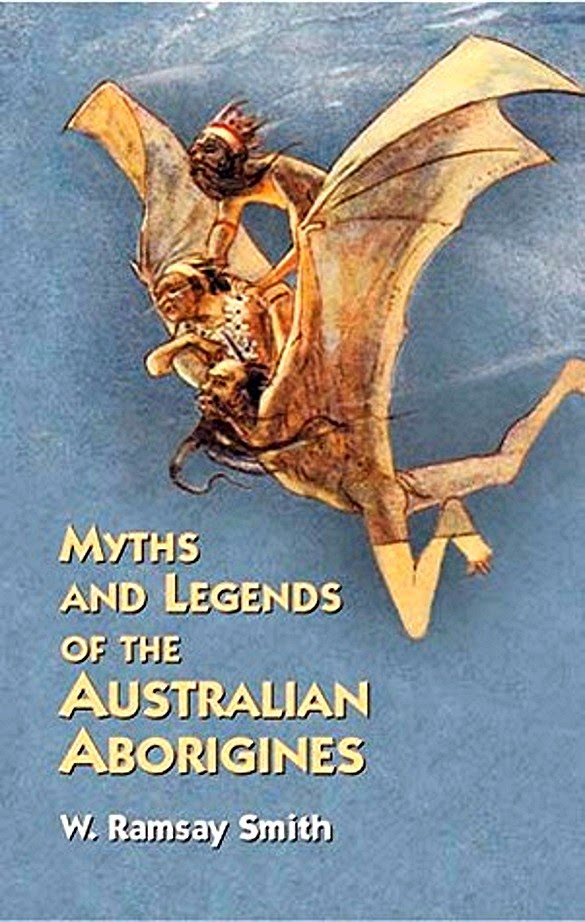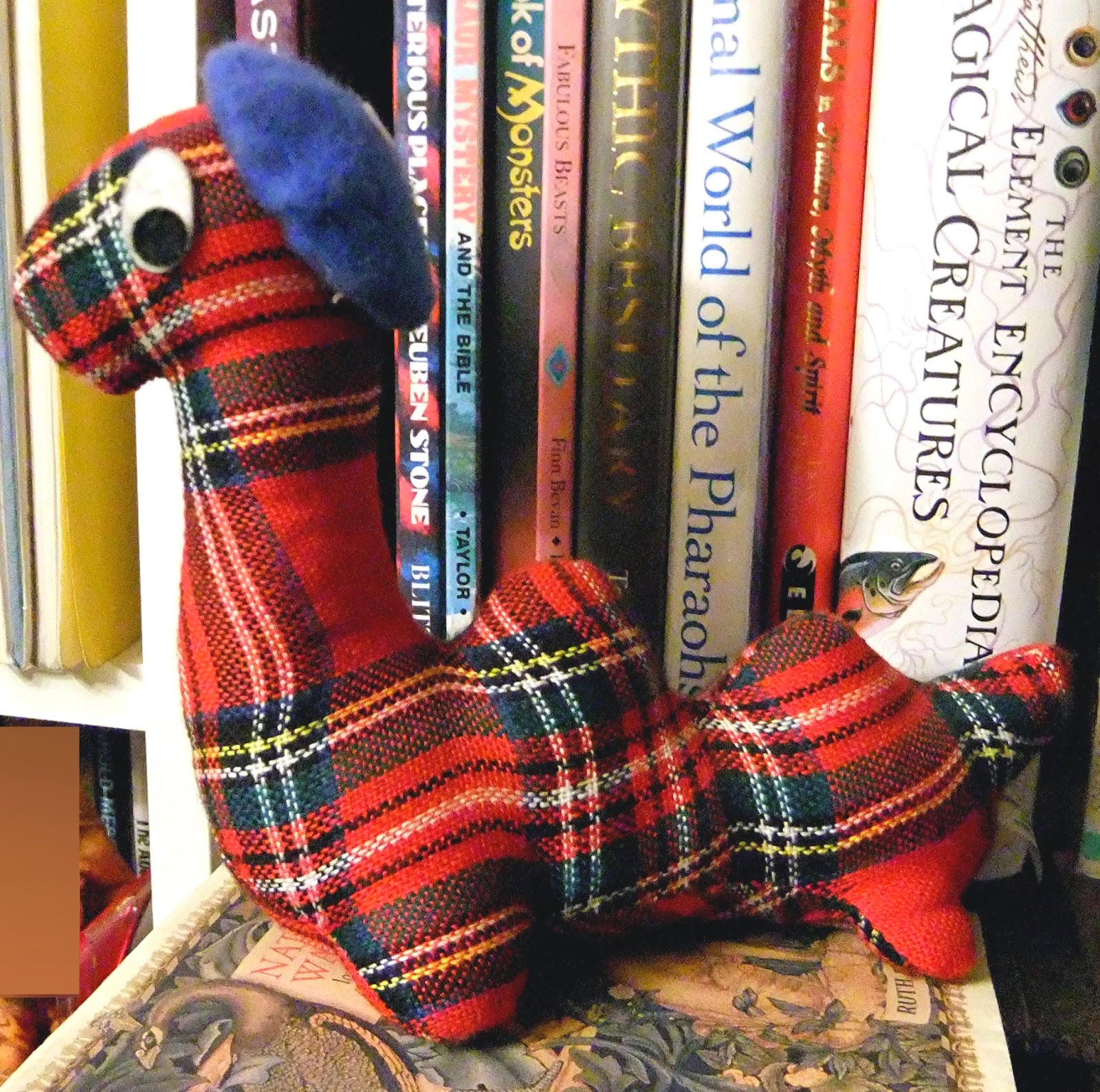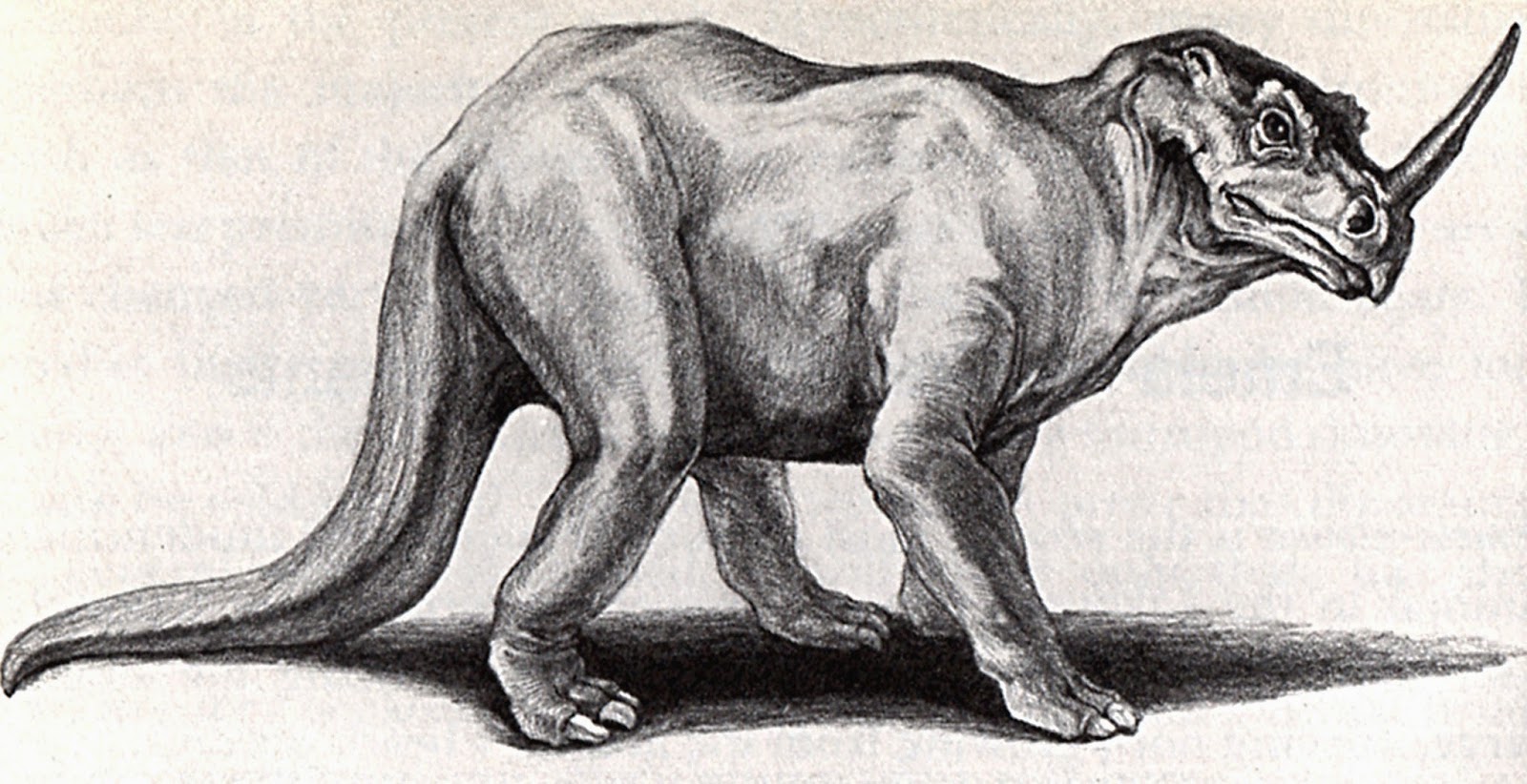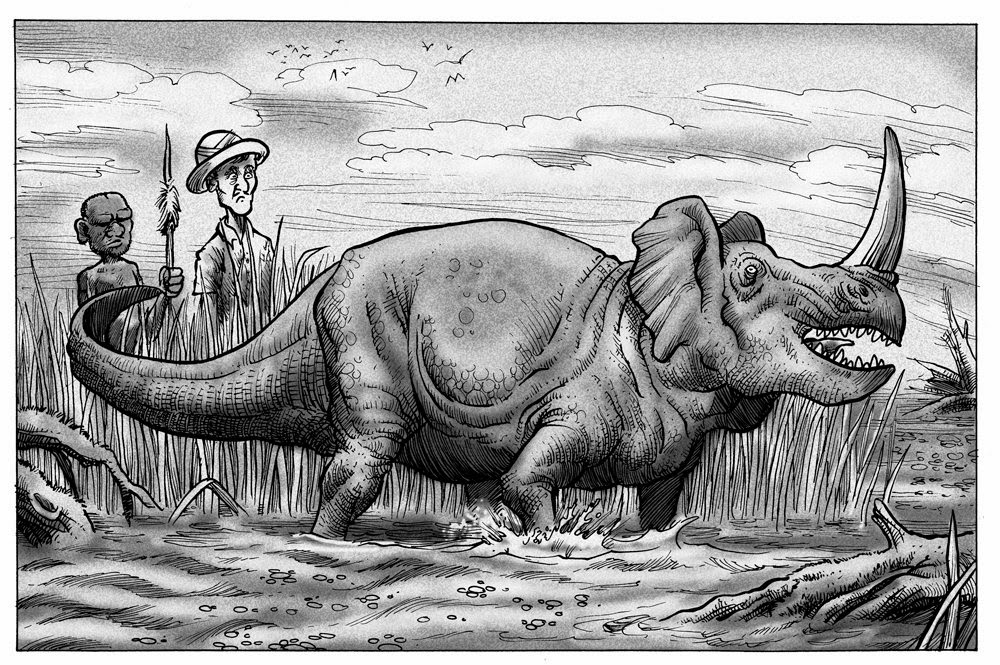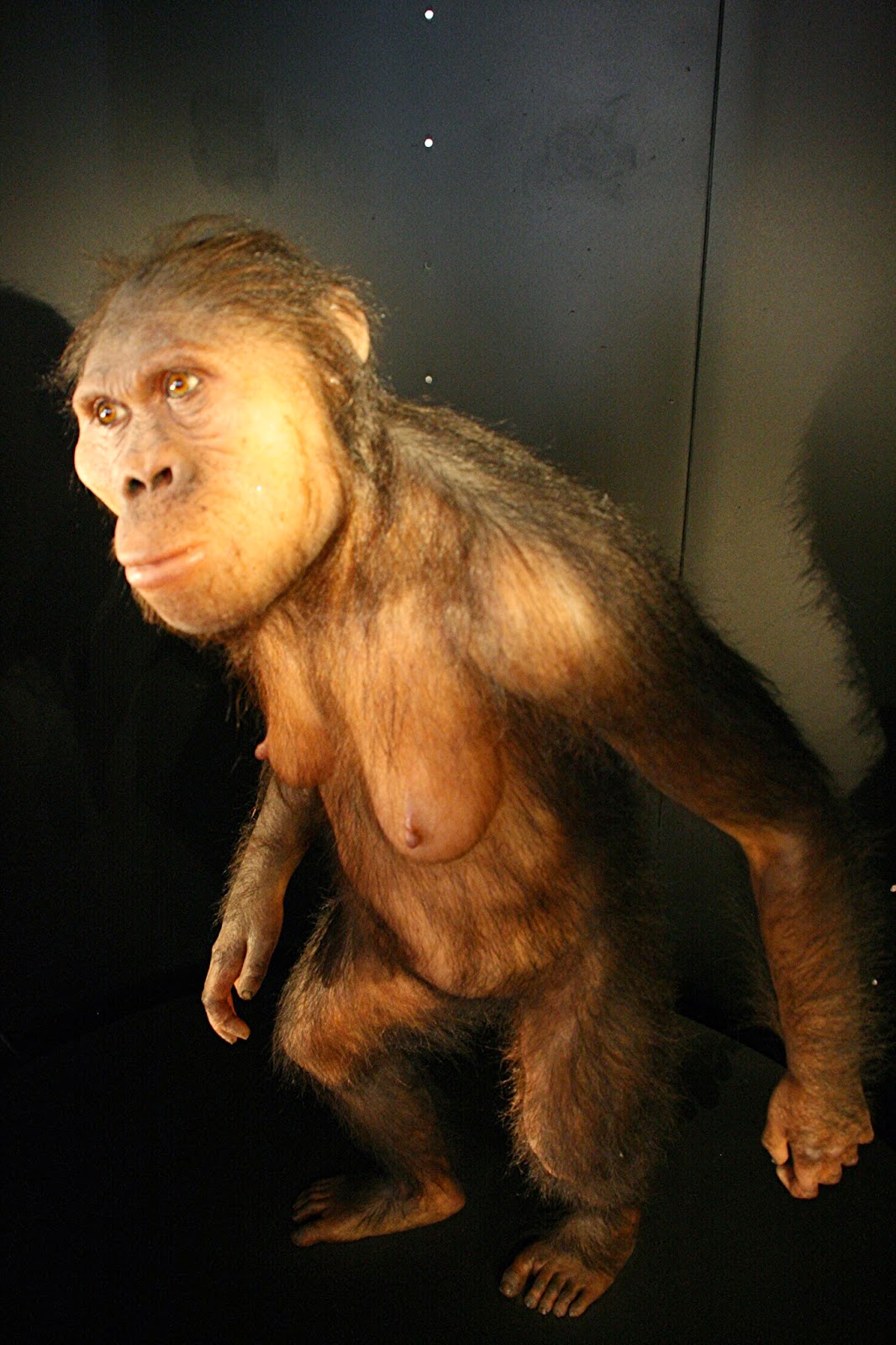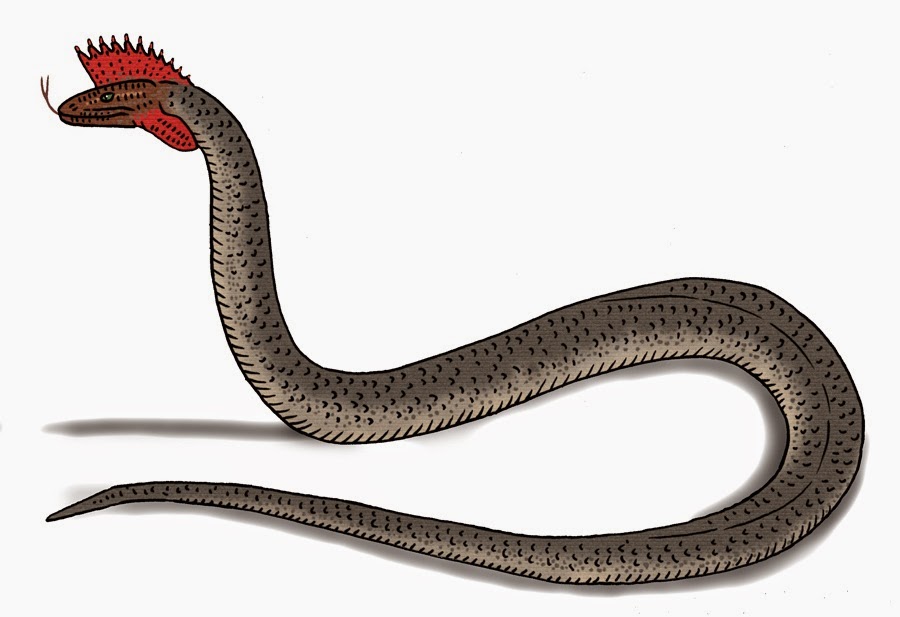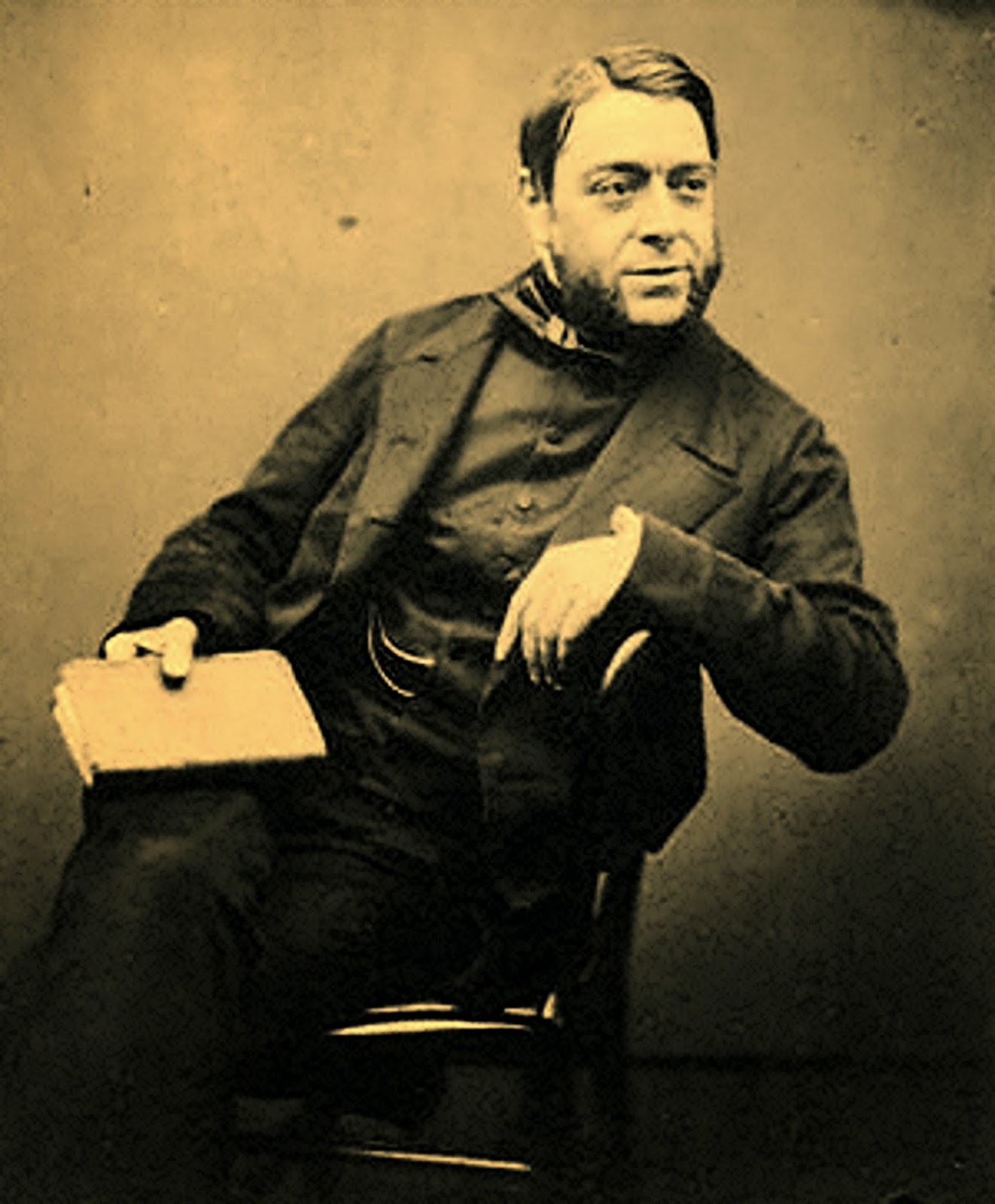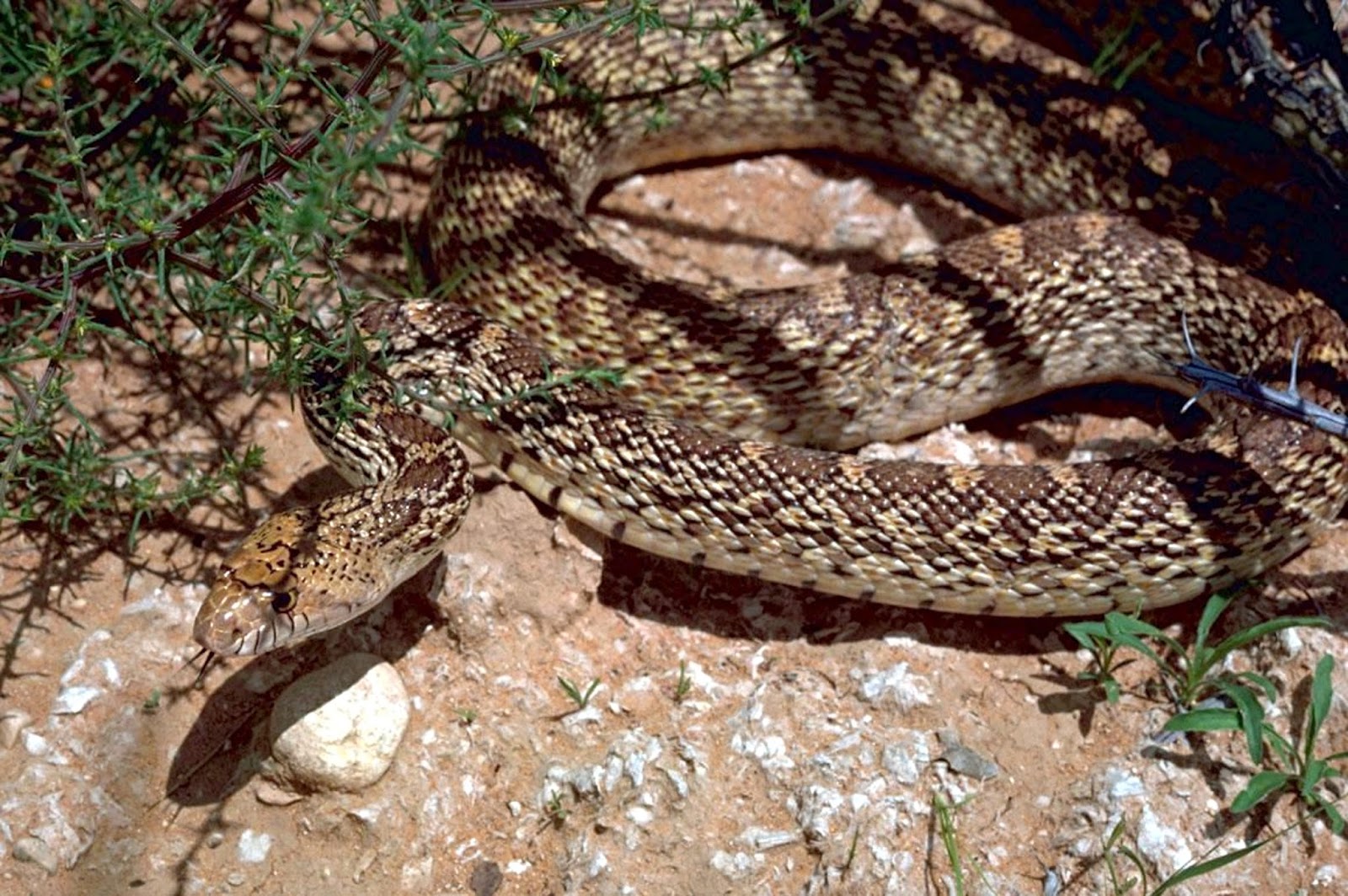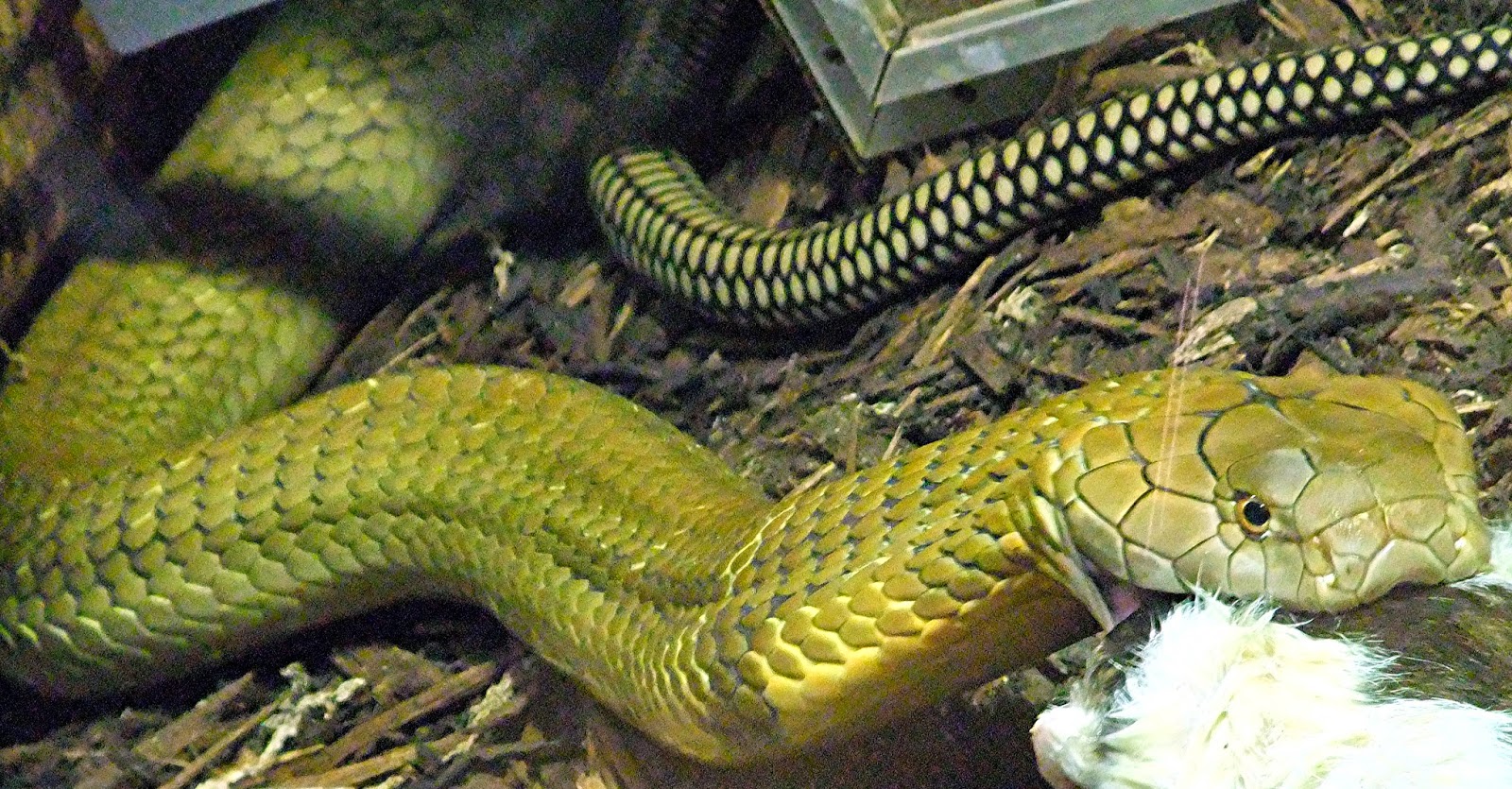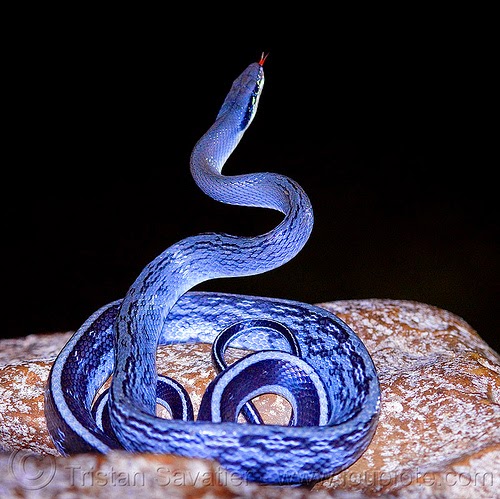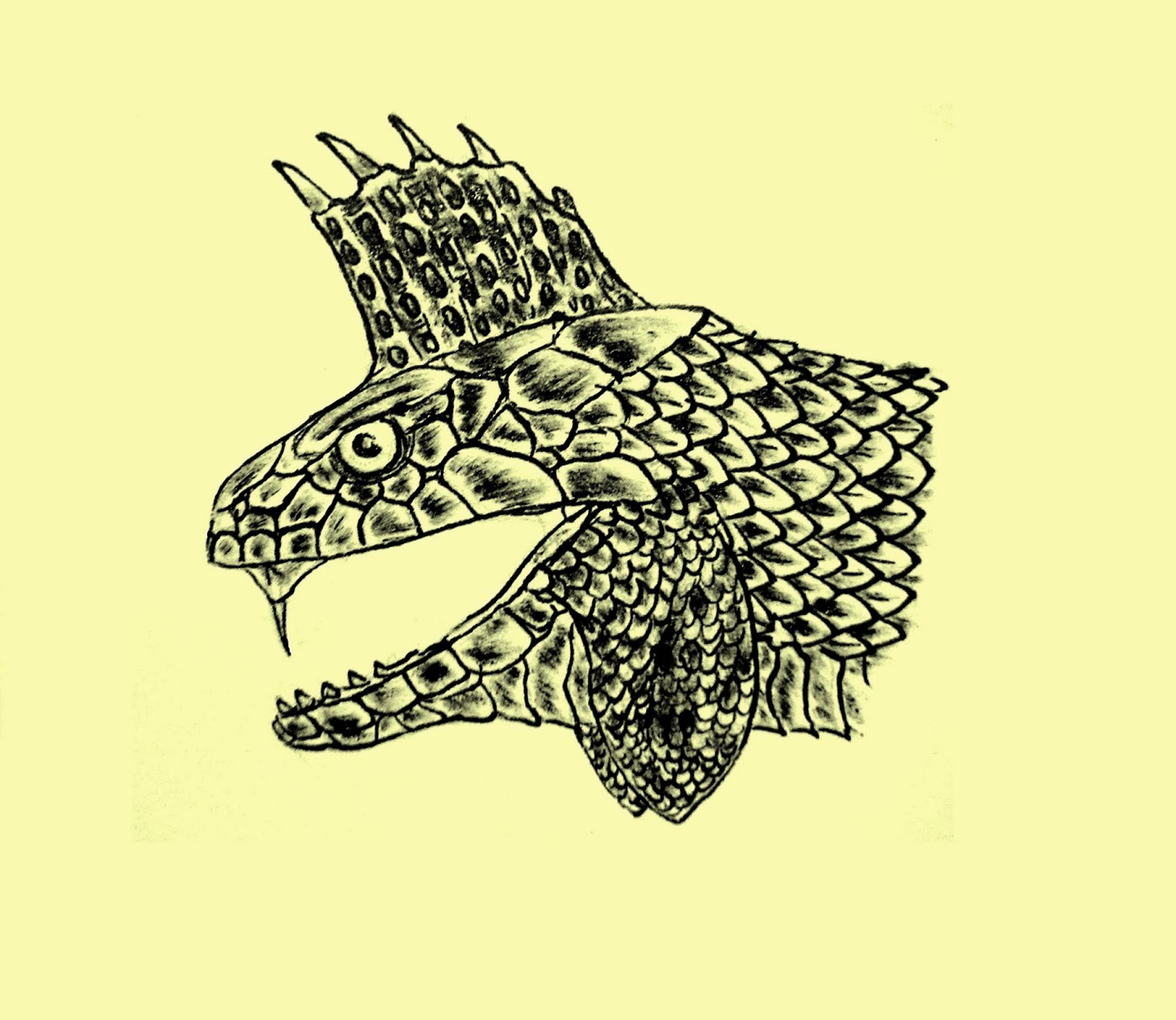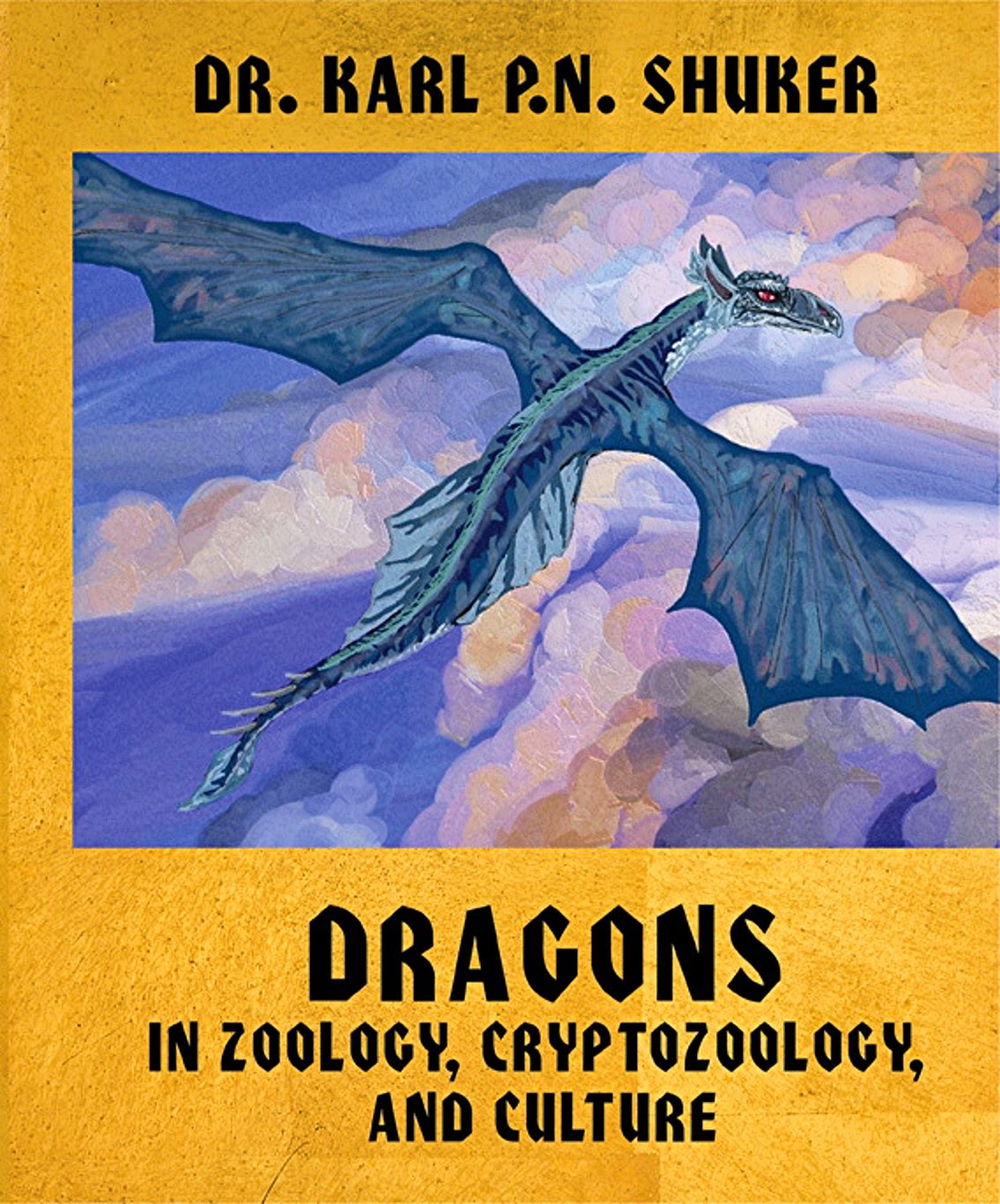Ben MacDhui’s principal claim to fame is that, at 4296 ft (1309 m), it is the highest mountain in the Cairngorms range and is second only to Ben Nevis throughout Scotland. However, it is also famous – indeed, infamous – as Scotland’s ‘haunted mountain’, thanks to the sinister, ostensibly supernatural entity known as Am Fear Liath Mor, the Big Grey Man (BGM), said to haunt its lofty peak.
PANIC ON THE PEAK, FOOTSTEPS IN THE FOG
What is so remarkable about the Big Grey Man case is the extraordinary range of mysterious phenomena associated with it, and which are every bit as dramatic as they are diverse. Take, for instance, various reports of irrational panic linked to this supposed being’s presence, which include the following, defining BGM account.
The BGM first attracted major attention beyond the immediate environs of Ben MacDhui in December 1925, when internationally-renowned mountaineer and London University’s Professor of Organic Chemistry John Norman Collie (1859-1942) startled his audience while speaking at the Annual General Meeting of Aberdeen’s Cairngorm Club by recalling a truly bizarre event that had happened to him when climbing Ben MacDhui in 1891. (Over two decades prior to the meeting in Aberdeen, Collie had spoken of his Ben MacDhui experience to a local New Zealand newspaper, but this had not attracted such interest.)
Prof. James Norman Collie, photographed in c.1912 (© University College London(UCL) Chemistry Collections)
While descending through a heavy mist from the Cairn at this mountain’s flat, barren summit:
"…I began to think I heard something else than merely the noise of my own footsteps. For every few steps I took I heard a crunch, and then another crunch as if someone was walking after me but taking steps three or four times the length of my own.
"I said to myself, ‘This is all nonsense’. I listened and heard it again but could see nothing in the mist. As I walked on and the eerie crunch, crunch, sounded behind me I was seized with terror and took to my heels, staggering blindly among the boulders for four or five miles nearly down to Rothiemurchus Forest.
"Whatever you make of it I do not know, but there is something very queer about the top of Ben MacDhui and I will not go back there again by myself I know."
The anomalous sound of footsteps not in sync with those of the ‘ear’-witness has also been reported on several other occasions from Ben MacDhui. In 1904, while gathering biological specimens on the mountain for AberdeenUniversity, Hugh Welsh and his brother often heard the sound of pacing footsteps, both at night and during the day, but never succeeded in tracing their origin. Similarly, in 1940, while spending a summer’s night beneath a huge block of stone on Ben MacDhui’s slope known as the Shelter Stone, Scottish author R. Macdonald Robertson and a friend were awakened by the growls of Robertson’s bull terrier, and clearly heard the sound of crunching steps approaching them along the gravel path leading to the Stone, until, abruptly, they faded away again, and the dog then relaxed.
Even stranger was the experience of fellow author Wendy Wood, also in 1940, who heard while upon the Lairig Ghru (an arduous but much-traversed pass through the Cairngorms) what sounded to her like an enormously resonant Gaelic-speaking voice directly beneath her. After vainly searching the snow all around in case someone was trapped underneath it and was calling out for help, she became very apprehensive and duly began descending the mountain. As she did so, however, she heard what she later described as “gigantic footsteps” following her where there had previously been no sound, upon which she experienced a blinding panic, sending her fleeing downwards in absolute terror.
A comparable scenario (missing only the Gaelic voice) was experienced in 1945 by competent mountaineer Peter Densham. Eating his lunch at the summit, he suddenly heard crunching footsteps emanating from the Cairn close by, but as he stood up to investigate, an inexplicable wave of uncontrollable fear washed over him, causing him to flee wildly, so wildly in fact that he barely stopped himself plummeting headlong over a treacherous cliff known as Lurcher’s Crag.
On 26 September 2006, the following account was posted on the Cryptomundo cryptozoology website by a correspondent with the user name ‘big max’:
"I was climbing back down Ben MacDhui in May 1988 when I experienced the footsteps phenomenon mentioned by others. It was pretty misty and I was alone. But it was like ’something’ was behind me, only 10 metres or so, keeping track of me. I back-tracked to see if anyone was there. I didn’t see anything, but it was weird enough to scare me, particularly as the sounds occurred both when I was moving or stationary. It was only after I told this story to a Glasgow cousin years later that I first heard about the Grey Man."
FROM BIG GREY MAN TO MOVIE STAR!
In 2007, the winning entry in the category of Best Highland Amateur Film at the annual Fort William Mountain Festival was a 10-minute-and-one-second-long video entitled ‘The Big Grey Man of Ben MacDhui’, produced by an eight-person team of film makers (including Richard Cross, Jez Curnow, and Peter George) from scottishhills.com. It was also screened at the Edinburgh Mountain Film Festival in 2006, and can presently be viewed at http://www.biggreyman.co.uk and on YouTube. It features a number of local figures and mountain experts airing their thoughts on the subject, as well as shoots at various locations on and near Ben MacDhui, including a cold Winter Solstice at Corrour Bothy on 23 December 2005, a walk along the Lairig Ghru in March 2006, and a visit to the mountain’s summit in May 2006.
AFFLECK GRAY AND THE BIG GREY MAN
The definitive publication on the subject of the BGM is The Big Grey Man of Ben MacDhui: Myth or Monster?– written by the aptly-named Affleck Gray, first published in 1970 (a second edition appeared in 1989, and a third in 1994), and containing a foreword by the acclaimed Scottish climber Sydney Scroggie.
Packed with newspaper accounts and eye/earwitness reports relating to mystifying happenings on this mountain, this fascinating book was authored by a man well-versed in the majesty and mysteries of the Cairngorms, as Gray was born and bred in Upper Strathspey, and investigated BGM reports throughout his life as a hobby. His contributions were also featured in the above-mentioned BGM film.
BGM SIGHTINGS
In spite of its descriptive ‘Big Grey Man’ name, surprisingly few visual BGM encounters are on file, and even those are far from consistent. When Prof. Collie’s account of his Ben MacDhui experience was originally published in New Zealand, it stimulated another renowned mountaineer, Dr A.M. Kellas, to write to him with details of an astonishing encounter made by himself and his brother, Henry Kellas, while climbing Ben MacDhui. Eschewing mere footsteps, the Kellas brothers claimed to have seen a huge figure, at least as tall as the 10-ft-high Cairn and described by them as “a big grey man”, walking out of the LairigGhruPass and around the Cairn towards the summit where it passed out of sight. Moreover, while awaiting the entity’s reappearance, they were suddenly struck with acute fear, and raced, panic-stricken, down the mountain, convinced that the entity was pursuing them.
One night in 1942 while resting at the Shelter Stone and looking out towards Loch Avon, climber Sydney Scroggie suddenly spied:
"...a tall, stately, human figure, appear out of the blackness on one side of the loch, and clearly silhouetted against the water pace with long, deliberate steps across the combined burns just where they enter the loch."
Despite rushing over to the spot, Scroggie found no footsteps or any other evidence of the figure’s erstwhile presence, but experienced such unease that he swiftly returned to the Shelter Stone.
During October 1943, while walking alone along the Lairig Ghru, mountaineer-naturalist Alexander Tewnion abruptly heard long striding footsteps behind him, and to his horror he saw through the mist a strange shape looming forth and then charging directly towards him. Drawing out his revolver, Tewnion shot three times at the figure, but it continued approaching him, so Tewnion fled downwards to Glen Derry.
Even more incredible, however, was the entity reportedly spied one night on Ben MacDhui by a friend of climber-writer Richard Frere. Having pitched a tent beside the Cairn, Frere’s friend awoke, to see a brown shape standing between his tent and the moon. So as soon as the shape moved away, his friend peered outside his tent, only to discover (according to Frere’s subsequent description) that just 20 yards away:
"...a great brown creature was swaggering down the hill. He uses the word “swaggering” because the creature had an air of insolent strength about it: and because it rolled slightly from side to side, taking huge measured steps. It looked as though it was covered with shortish, brown hair…its head was disproportionately large, its neck very thick and powerful. By the extreme width of its shoulders compared to the relative slimness of its hips he concluded its sex to be male. No, it did not resemble an ape: its hairy arms, though long, were not unduly so, its carriage was extremely erect."
By applying trigonometry in relation to surrounding objects, Frere’s friend calculated that the entity had been at least 21 ft tall.
As recently as 23 December 2005, while making their BGM film, team member Peter George was standing alone that evening outside a stone shelter hut in the Lairig Ghru called Corrour Bothy, looking out into the darkness, when:
"Out of the corner of my eye, over to the left towards the stream, I caught a glimpse of a tall grey figure. At first I thought it was one of our party, although all of them were inside the bothy. Turned to look properly and couldn't see anyone."
Just a trick of the light, or something more?
And although it was seen not on Ben MacDhui itself but on the neighbouring peak of Braeriach, mention must also be made of the bizarre entity reputedly encountered there by climber Tom Crowley. After looking round to see what was responsible for the sudden sound of footsteps behind him while descending this peak, Crowley was horrified to see a huge “…undefined misty figure with pointed ears, long legs, and feet with talons which appeared to be more like fingers than toes”. An altitude-induced hallucination, surely…?
THE SOUND OF MUSIC?
Yet another strand of this already much-tangled tale involves the hearing of mysterious music on Ben MacDhui’s lonely peak. So could the BGM be a veritable minstrel of the mountains? During one ascent of Ben MacDhui, later described by him in an Open Air article (Winter 1948), Richard Frere had reached the Lairig Ghru and was sitting there, immersed in an inexplicable bout of darkest despair, when, as well as sensing some invisible being close by, he suddenly heard an extremely high singing note, which continued unabatedly throughout his ascent to the summit and return to the Lairig Ghru – even though simple tests convinced him that it was not due to any effects of reduced pressure upon his eardrums. Then, without warning, the singing and sensation of a nearby presence ceased, and he was momentarily struck with a bout of absolute terror, followed by blissful serenity as he reachedRothiemurchusForest.
Unaccountable pipe music was heard by acclaimed author Seton Gordon while climbing Ben MacDhui with a friend in 1926, and BGM authority Affleck Gray also experienced strains of origin-lacking music here. Moreover, just a few years ago, a writer signing himself ‘Jack’ reported online (originally at http://www.ghost-story.co.uk/stories/johnsexperiencebenmacdhui.html but this page no longer exists) that he had heard the sound of faraway music while at the Lairig Ghru.
YETIS AND URISKS AND DEVAS, OH MY!
Not surprisingly, faced with such a startling array of anomalies, the many explanations proposed for the BGM phenomena over the years have been equally disparate. Some, of course, can be readily discounted. For instance, with only a single putative report (that of Frere’s anonymous friend) on file, coupled with basic anatomical limitations, the necessity of a viable populations being present, and the undeniable fact that the Cairngorms hardly compare in terms of remoteness with the Himalayas or even North America’s vast Pacific Northwest forests, the prospect that the BGM is an elusive 21-ft-tall yeti-like (or True Giant bigfoot-like) creature of cryptozoology can be swiftly dismissed.
'Homage to Diana', a painting depicting Pan, by the Italian Baroque artist Annibale Carracci (1560-1609)
A zooform identity offers greater leeway, unconstrained by size and breeding limitations, and is also able to explain such anomalies as footsteps made by an unseen entity, the inducement of blind panic, and even sourceless music. However, as we have no notion what zooforms are or even if they genuinely exist, to label the BGM as one is simply replacing one mystery with another. Other, even more exotic notions put forward are that the BGM is a Pan-like being of Scottish folklore known as a urisk (hence the sensation of panic experienced by those who sense its presence nearby), or perhaps some form of nature spirit such as a deva.
Leading from those thoughts is the possibility that the assortment of unexplained phenomena experienced on Ben MacDhui indicates that it harbours a 'window area' - an interface between different dimensions or alternate worlds. If so, there is a good chance that such a significant portal would have a guardian, to deter would-be intruders or trespassers. Is it just coincidence that this is the precise effect so successfully accomplished by Ben MacDhui's formidable BGM?
Very different again is the proposal offered up by practising Mahayana Buddhist Sir Hugh Rankin and Scottish mystic the Reverend Countess of Mayo among others that the BGM is in fact a Bodhisattva – one of the five “perfected men” controlling our planet’s fate. Yet as such beings are notably benevolent, such an identity hardly corresponds with the malevolent persona of the BGM.
GEOLOGICAL HOLOGRAM, OR OPTICAL SPECTRE?
During the 1970s, inorganic chemistry specialist Dr Don Robins proposed that some minerals may be capable of encoding a type of electrical energy, in turn yielding a moving image that could be projected under certain specific conditions, i.e. a veritable geological hologram. Could it be that the BGM is one such hologram, stimulated by certain specific, mountain-related mineralogical attributes, and exhibiting an additional aural component? Yet if so, why are such montane manifestations limited (at least in Scotland) to Ben MacDhui and its environs? In contrast, as documented by modern-day BGM investigator Andy Roberts, bouts of mountain panic entirely comparable with those reported from Ben MacDhui have been documented from many other mountains in Britain and elsewhere in the world.
Even more radical is the oft-mooted suggestion that the BGM may be an electromagnetic phantom – an apparition reflecting wavelengths of radiation beyond the vision of most humans (hence the rarity of sightings in contrast to the greater number of reports of footsteps), but whose presence is still sensed. It would certainly be interesting to see what might be exposed, for instance, if a camera containing UV-sensitive film were to be pointed in the direction of crunching footsteps heard on Ben MacDhui.
As for those rare sightings, the most popular explanation is that the entity observed is merely an optical illusion, probably of the Brocken spectre kind. Under certain climatic conditions in mountainous areas, a person’s shadow is very greatly magnified and is sometimes cast upon a bank of mist or cloud, yielding the afore-mentioned spectre effect. Very unnerving to unsuspecting or uninformed observers, it could certainly yield the huge, monstrous forms claimed from Ben MacDhui, and if coupled with local precipitation might also explain the sound of supposed footsteps.
Another relevant phenomenon related to optical illusions is the autokinetic effect, in which a stationary object seen from a distance sometimes appears to move – an illusion caused if there is an absence of visual clues in the proximity of the object. If this is added to the innate capacity of the human mind to “fill in” missing details when viewing an unfamiliar object briefly or during poor viewing conditions, it is not difficult to understand how a stationary, inanimate object might seem to resemble a moving, humanoid entity.
THE MONARCH OF THE MIST – WALES'S VERY OWN BGM?
And finally: Reports of BGM-like entities in Britain are not wholly confined to Ben MacDhui, or even to Scotland. According to traditional Welsh folklore, Wales's answer to the Big Grey Man is the Grey King, also known as the Brenin Llwyd or Monarch of the Mist. A brooding silent figure allegedly frequenting Snowdon, Cader Idris, Plinlimmon, and other lofty Welsh peaks, this awesome preternatural entity is said to be an ancient earth spirit, sitting aloof and alone at the summits, enrobed in mist and clouds. Sometimes it will send the caliginous mountain mists down the slopes to envelop unwary climbers so that they lose their way, trekking helplessly over the edge of unseen precipices to their doom.
In times past, the Brenin Llwyd was greatly feared as a child-stealer, and even the mountain guides were nervous of venturing into its domain. It also appeared as the evil supernatural villain in the children's fantasy novel The Grey King (1975) by Susan Cooper, the fourth of five books in her Arthurian series, The Dark is Rising.
In summary: there is no single, easy explanation for the multi-faceted mystery of Ben MacDhui’s BGM. Some aspects seem to be of psychological origin, others ostensibly paranormal, and there may even be facets featuring geological or other physical phenomena that are still unverified by science. Indeed, more than a century after Prof. Collie’s classic experience here, reports from Scotland’s haunted mountain of the grim grey entity that may (or may not) lurk within its mistyrealm remain as tantalising and tenuous as they were then, as intangible, in fact, as Scotch mist itself – and we all know what they say about that!
This ShukerNature blog article is excerpted from Kryptos - a future book of mine, currently a work-in-progress.
This ShukerNature blog article is excerpted from Kryptos - a future book of mine, currently a work-in-progress.





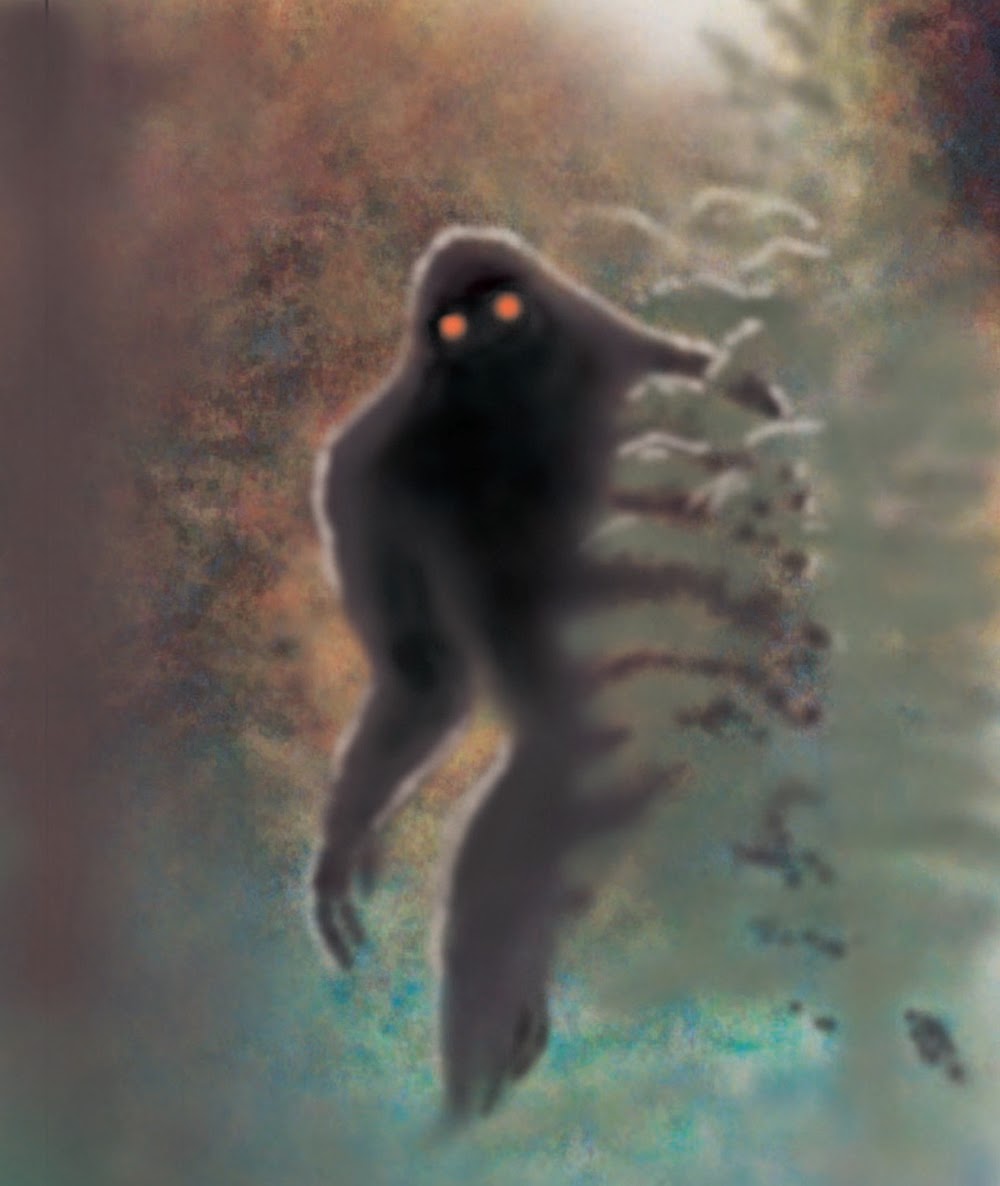

,+Italian+Baroque+painter.jpg)






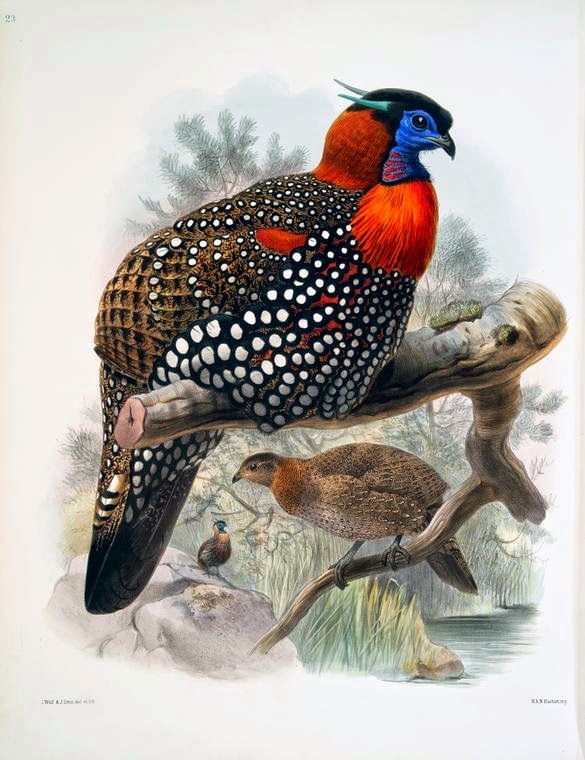





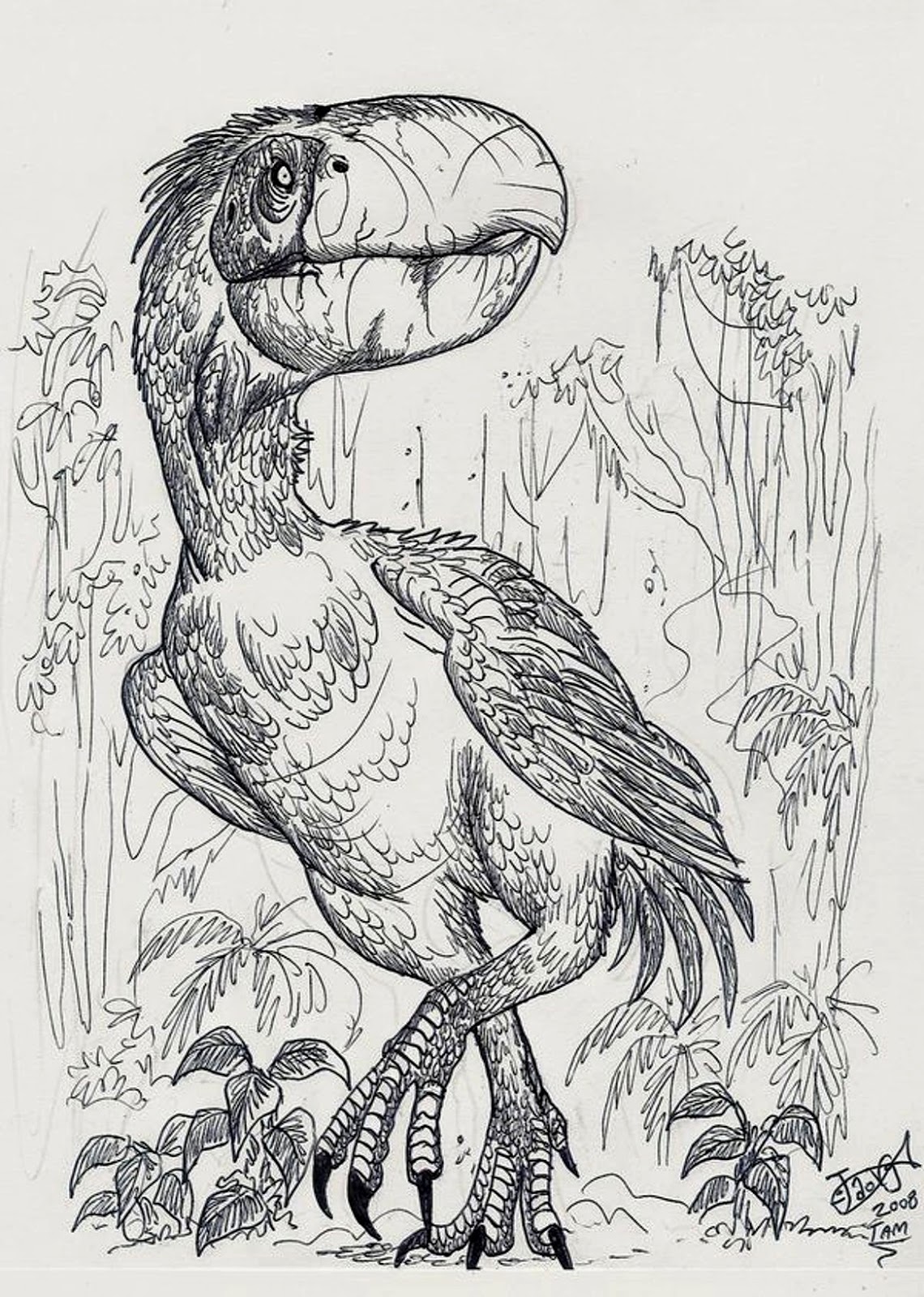


.jpg)
